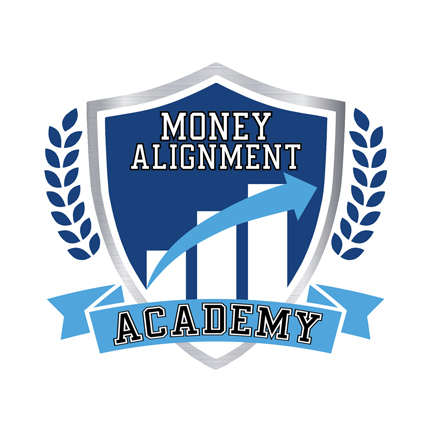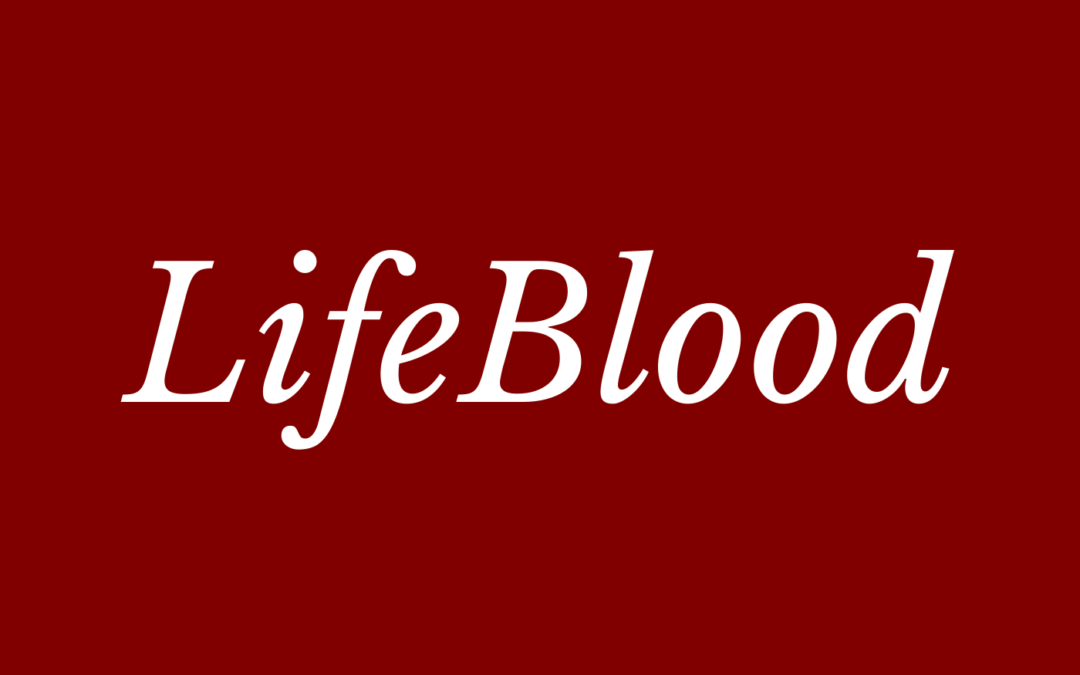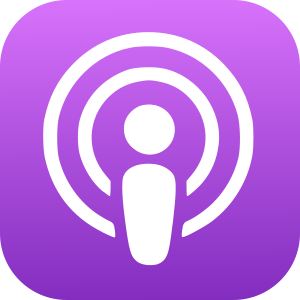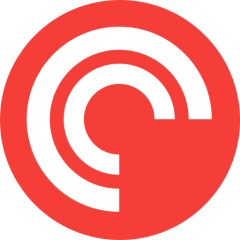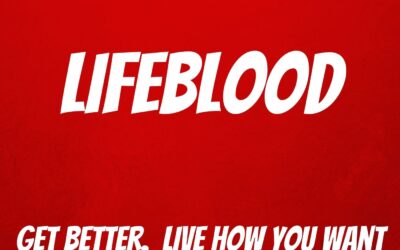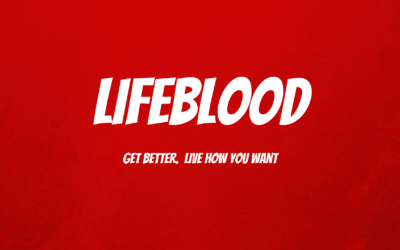Gold Mining with Christopher Gerteisen
Interested in gold mining stocks, but not sure how to evaluate opportunities? Christopher Gerteisen shares his expertise in the sector and talks about his active projects!
Listen to us On
About the Episode
LifeBlood: We talked about gold mining, the different phases of a mining operation, how to evaluate potential opportunities, and how weather impacts a mine with Christopher Gerteisen, CEO of Nova Minerals.
Listen to learn how technology is impacting the mining industry!
You can learn more about Christopher at NovaMinerals.com.au, Twitter and LinkedIn.
Thanks, as always for listening! If you got some value and enjoyed the show, please leave us a review wherever you listen and subscribe as well.
You can learn more about us at LifeBlood.Live, Twitter, LinkedIn, Instagram, YouTube and Facebook or you’d like to be a guest on the show, contact us at [email protected].
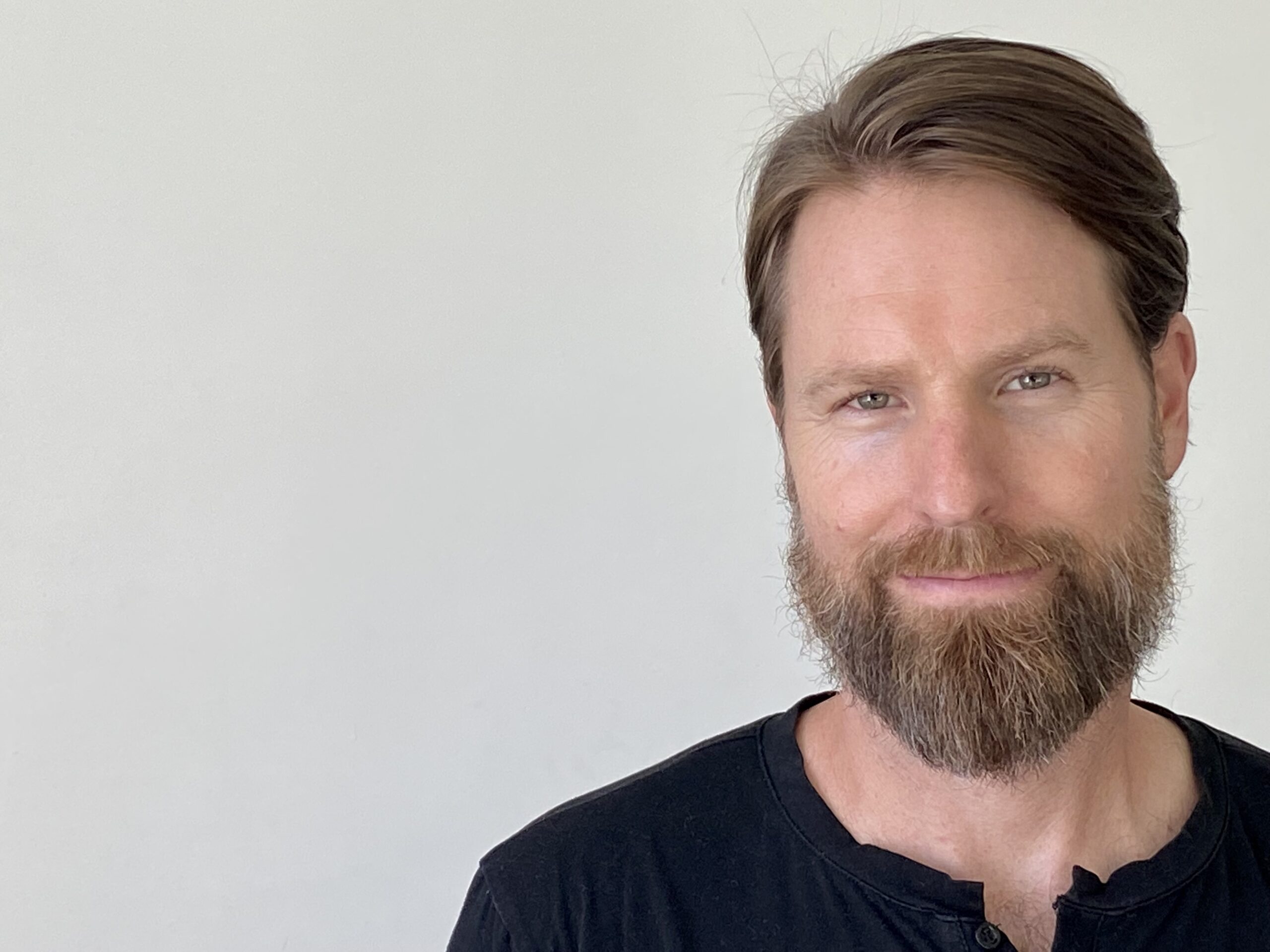
George Grombacher
Lifeblood Host
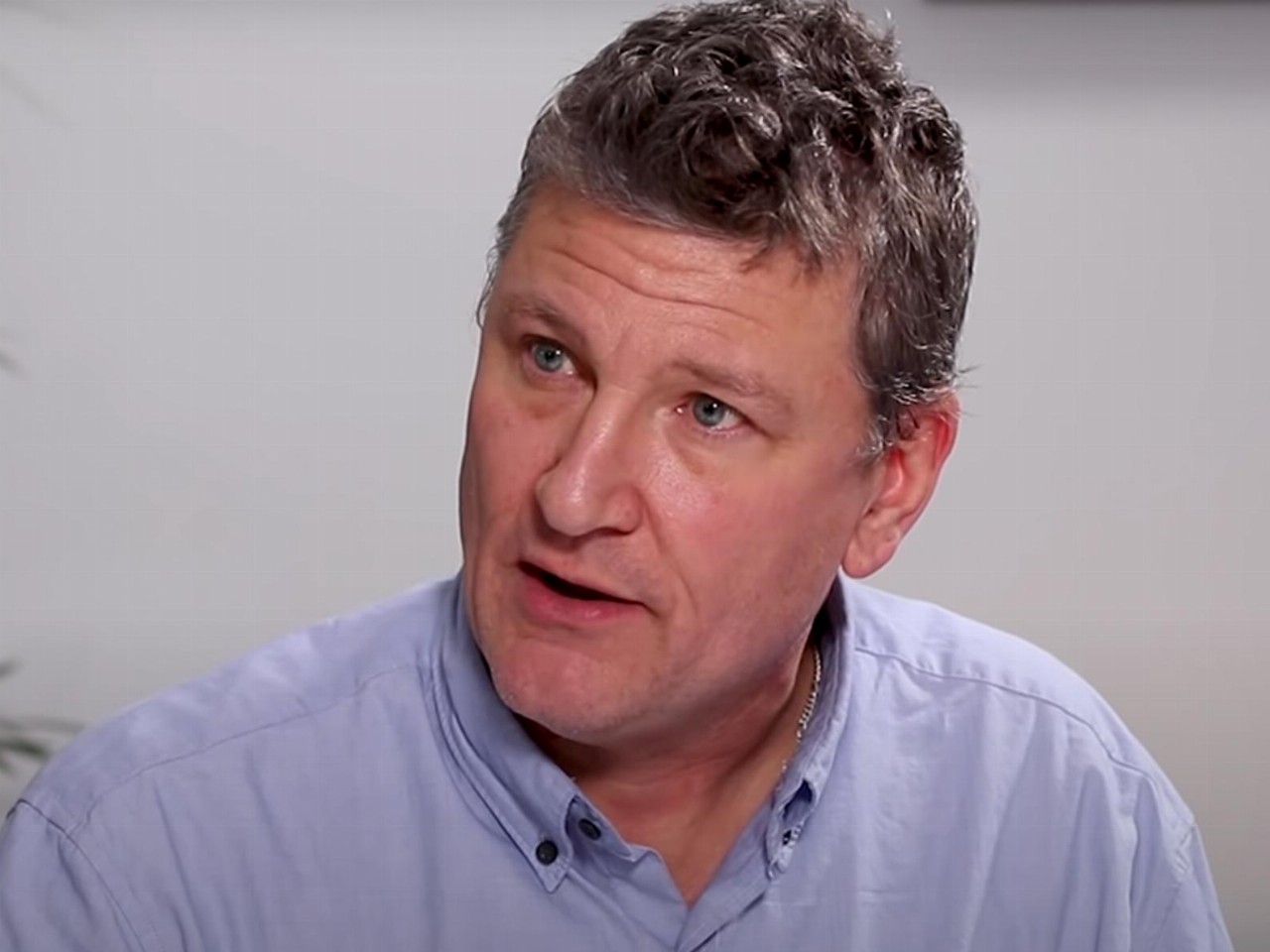
Christopher Gerteisen
Guest
Episode Transcript
george grombacher 0:00
Come on Herbalife lead this is George G. And the time is right welcome today’s guests drawing a powerful Christopher Tyson Christopher, are you ready to do this?
Christopher Gerteisen 0:19
Absolutely great to be with you, George.
george grombacher 0:22
Excellent to have you on. Christopher is the CEO of Nova minerals. They’re an Australian minerals explorer and developer that focuses on gold and lithium projects all around the world. Christopher, tell us a little bit about your personal life more about your work and why you do what you do.
Christopher Gerteisen 0:40
Yeah, I’m an economic geologist. And so I’m from Alaska here, which is, you know, right where our flagship Estelle Gold Project is for Nova minerals. And I started my career up here working and then I traipsed all around the world doing this doing this work. You know, when I started to get into this work, I started to you know, I went to school for this. I remember my my professor of geology 101 said, Welcome to geology 101. This is your passport to the world. And it certainly has been I’ve been, you know, to Nevada working with some of these very large bulk minimal type resources Newmont Beric. And the Nevada gold fields spent a lot of time in Australia, mainly the Western Australian goldfields reborn and rebrand and Kalgoorlie, Western Australia with a number of projects in the gold, space, nickel, all these kinds of things. Then I spent a lot of time in Southeast Asia, in Indonesia, working on big copper, gold Porphyry type deposits spent a lot of time in Laos, Thailand, actually, my wife’s from Laos, right? So my heart was stolen in Laos. And I, that’s where I met my wife, I spent about 12 years over there in that part of the world, Laos, Thailand. But now I’ve come full circle. And so my niche and my specialty is really becoming taking resource stage projects. So something that’s kind of in the middle stages of advancement, and bringing them into production. And that’s exactly what we’re trying to achieve here with the Estelle Gold Project, what we have here, so we’re in the tintina, gold province, this has been one of the most prolific belts in recent times, over 220 million ounces of documented discoveries and production. This is where the old all the historic Gold Rush is where you know, the Klondike and all these things that we’ve all heard about. Now we know where all that gold came from. And it’s one of the last frontiers for absolute, you know, behemoth size deposits. And that’s what we’re on to, we currently have 6.2 million ounces at at the Estelle Gold Project. And that’s only set to grow. Right. So we’re coming out with another resource update here in the next few weeks. And you know, we’re on, we’re on the road to 10 million ounces there, which is, which is 10 million ounces. Plus deposits are not uncommon in our neighborhood here. And that’s what we have at the Estelle Gold Project. Now, I’m only talking about one deposit the core belt deposit, we have 15 other known prospects across our 324 square kilometer claim block with the next cab off the rank being the RPM prospect. And so you know, anybody interested in the gold space, I think with all the economic turmoil and things that are happening, you know, you got a Evergrande, you’ve heard this on this side of the pond over here collapsing real estate collapse, and whatever’s going on in China, and our part of the world, all kinds of craziness going on debt defaults and inflation. Now here, here’s coming along. Also, you know, I think the fiat currency regime in the world is, is coming to an end, you know, these things only last, if you look at history, these things only last 50 years, and then there’s a new monetary system come comes about. So I think we’re at that stage now. And I think hard assets is where you want to be. And one of those of course has been going on for 5000 years is real money, which is gold, and there’s a number of ways to get into gold and one of those is certainly through mining stocks, like NOVA minerals, which is, you know, on the OTC here in America NVA F is the ticker code also are listed on the ASX as our primary exchange NVA. And also in Frankfurt. Q M three is the code they’re
george grombacher 4:16
nice. So fascinated by by by mining, and you obviously are too so this this it’s it’s it’s good that we’re talking how how did you decide that this is now research stage resource stage is the place I want to be? Because it is. Is it a function of opportunity where you know that there’s gold in the ground, and now with new technology, we can access it better than they could before and it’ll be quicker. Tell me a little bit about that.
Christopher Gerteisen 4:51
Absolutely. You know, in terms of technology, that’s a good point. So the reason I like resource stages because it gives you know, it’s a bit of a sense of accomplishment to actually have created something that’s creating a wealth for, you know, just the, the, the stakeholders, our basis, just so you know, it’s not just shareholders in the company, it’s all the employees, it’s it’s, you know what our three pillars for development with Nova minerals are really responsible development, aggressive growth and locally sourced, those were kind of our three pillars and so those are kind of the all the stakeholders involved the local economy, and I’ve seen it a number of times just at just right around the mining operations plus, you know, all the taxes and royalties you pay and all the all the all the follow on businesses, for every dollar that you make, and you spend, of course, that just flows through the economy. So it’s just been a sense of accomplishment for myself, you know, personal at the end of the day, you want to have something to show for it. In the early day exploration space, you know, that’s kind of a, you’ll find in that in that space. It’s more of a, the players there, it’s a very, lots of players there, it’s more of kind of, like get a lot of lifestyle people there in and out in and out. Whereas I like to build things, right. I’m a builder, so that it’s just personal satisfaction in that way. But now in terms of technology, your mind has come a long way in recent times, look around your desk, look around you. George, there’s a great bumper sticker. If you can’t grow it, you got to mine it literally everything around you, your your keyboard, your plastics, that’s all oil, your paper comes of course, that’s been grown, that’s of course, your your trees, you know, all the metals, everything has to be mined, mining is never going anywhere. And in fact, with this, this, you know, Green Revolution, they call it, there’s gonna be more mining, a lot of people don’t realize you need lithium, you need silver, you need copper, you need cobalt, all these things for the green energy revolution. And so, you know, people need to realize that there’s going to be more mining if we actually want to achieve those goals. Right. And so, and that’s where the response to the mining is not going anywhere. And that’s where responsible development comes in, which is what we do. A lot of people envision mining, like the old days, like you saw on TV, a couple guys with with headlamps rooting around little veins, and isn’t that absolutely, you know, it’s not like that anymore nowadays. So what we do is, we’re looking at open pits, so right on the surface, and a lot of this stuff, the technology is such that you don’t even have to see the gold anymore, right? You don’t even see the gold so the gold can occur at such low concentrations or, or many minerals, such low concentrations, you don’t even see it anymore. And with the processing technology, you’re able to take so a ton of rock so imagine like a yard by a yard, a cube cube rock, there might only be a few specks, few grains of sand, that have gold few grains of gold, inside that that ton that’s economic nowadays, because of the processing technology to be able to extract that gold, a lot of mines are run remotely, you know, you have guys sitting on joysticks in front of a computer somewhere, especially in the underground, a realm there, where they’re just doing everything by remote control. And so there’s all these technologies that have come about in terms of processing the actual mining process that make the economics so much different than the old days where you actually had to see the gold, you know, a couple of guys with hammers and a little you know, Evie, you know, with, with like a little rail line to stuff you seen on TV, it’s not really like that nowadays, and that technology has also gone to environmental and responsible development to the environmental side, all these things can be controlled, and they’re very, very highly engineered to be able to absolutely, uh, be environmentally responsible, for sure.
george grombacher 8:47
Nice. I appreciate that. So this is a it’s, it’s it’s one of those honest questions, Christopher. So you’re in Alaska, and I don’t know what the climate is. Is it make it difficult when it snows?
Unknown Speaker 9:02
You know, that’s a good, that’s actually a good question. So it yes, it’s cold. But if you’re from Alaska, you know, you get acclimated. Sure. Right, Georgia. So we’re in the middle of winter. So we’re on the onset of winter, which is right now, you know, it’s minus five today, right? And the start is cold now. But when you get into the middle, we feel cold your body, right. But when you get into the middle of winter, and you’re working for a week at minus 30, when when it goes up to minus 10. George, people are taking their jackets off, you’re literally working on your T shirts, right? It’s totally true. So you just get acclimated to it. And in many ways, it’s easier to operate in the winter, like we’re going into that season. Now. This is when we create a lot of snow, snow roads and winter roads and winter trails. You know, you might have seen it on TV, Ice Road Truckers and these kinds of things, right. This is how we how you access the site in the winter and bring in all our heavy equipment and our drilling rigs and this and that, and you can just float over the snow. So in terms of access and It’s a lot, it’s a lot different we can get we can get into areas in the wintertime that is that we have to helicopter into in the summertime, right. And so in terms of access, and we’re in a remote area, it’s much better. But of course, the weather is a lot colder. So it’s not for the faint of heart. You know, like I say, in Alaska, you know, where the men are men and so the women, right, so. So here we are, right? So there’s pluses and minuses, as you imagine with every season. Yeah, the worst, the most difficult season is actually breakup. Right? So that’s, that’s kind of April to May area, when everything’s just slushy and muddy and everything gets bogged down. And I would say that’s the most difficult season in terms of just the the terrain the ground conditions.
george grombacher 10:44
Interesting. That certainly makes sense. All right. So we’ve got all this wonderful new technology that that affords, resorts stage miners, like like you and Nova to go and you say, Okay, we know that there’s gold here. And with new technology, we don’t have to actually visually see the stuff, we can just carve out huge chunks of rock and then process it and get the valuable minerals, the gold dilithium, all that stuff out of it. But how do you decide? Because obviously, all this new technology costs money. So how how do you look at the spots that you have, and then make a decision on? Here’s where we’re going to actually mine?
Unknown Speaker 11:27
Right? So the process is, so you have the exploration, guys go in, and they’ll look at it. 30,000 foot view, look at regional maps know that when you say in Alaska, you have the USGS, you know, the US Geological service, the there’s government databases, and they do surveys, geophysics, magnetic surveys, and you get boots on the ground. And so you say, okay, you know, geologically, these look like favorable rocks here. So in our case, there’s these, you know, intrusions, kind of granite intrusions that come up. And, and when you get that, you know, you get a lot of hydrothermal fluids that occur with with intrusions, and you go out, and you get the geologists on the ground mapping. And so you say, Okay, this is a favorable regional terrain, and you might Stake your claims, then. And then then you come in, you say, like, Alright, let’s do a regional sampling program. So you might in our situation, it’s, it’s mountainous, so you do ridge and spur sampling. So you just go up on the ridges and take samples every so you know, in a period every so often, a certain distance along all the ridges. And you might go into the Senate into the into the streams and take stream sediment samples, and these kinds of things. And know based on that, you then send all those to the lab, you get your results back and you create a map, and you can see where the higher grade areas are, and the impact of the higher grade anomaly anomalous zones. And so then based on that, and you might also do some ground geophysics, you know, one of the things that we use is IP chargeability, which is the best targeting tool, and that’s basically, you know, put it simply, in layman’s terms, you’re shooting an electric current in the ground, and you’re looking at how chargeable is the ground in that area. And with the sulfides, you know, things like pyrite, and these type of minerals, it’ll hold a charge a bit longer. And so you’ll get anomalies like that. And that correlates many times directly with gold. And so now you have samples on the surface, you have some some geophysics, and you might so that now you’re ready to a target to put in a drill, you just go for it, right, you just go for it based on the best available data that you have at the time. And you drill. And in our case, yeah, we’ve hit it there. So and now, you basically just follow that up every year. And so this, this process takes not only money, but lots of time, right lots of time. And so we’ve been extremely lucky that we’re so well endowed with gold, it seems that we’ve managed to come from two and a half million ounces in 2019. And we’ve managed to increase that resource at our core Bell deposit to now currently 4.7 million ounces. And so you you drill holes, a lot of holes, you know, hundreds and 1000s of feet of drill holes, and you send those off to the lab, and you get your results back. And now whether it’s economic or not. And this is the stage we’re going into now, you then go to through a scoping study. And you look at all kinds of parameters, right? You look at how much what’s the mining cost? What’s the processing cost? What is your process flow sheet, you know, you can find a lot of gold. George, a lot of people find a lot of gold, but can you get the gold out of the rock? Right? This is where processing technology comes in. And so can you get gold out of the rock? And so in our case, we’re we have a relatively low bulk mine open, relatively low grade deposit. How can we make money at that the way we do that, if you look at our flow sheet, is that we take it in the first step. And we do all the tests work to decide this. But the first step is we do something called or sorting and so or sorting technology has been around for a long time. We put the rock in and because we because we have very discrete veins and very distinct mineralogy in those veins, you know, quartz and Arsenal pyrite, that the ore sorters, we’re using the laser technology are able to separate out that high grade material out of the out of out of the host rock. And so that’s a concentration step. So we’re able to take point three gram material, and upgraded up to six grams per tonne. But you know, when you calibrate it, and you want to capture most of the gold, we’re looking at putting in point three gram material mined, and then put it in the ore sorter and get about two grams per tonne out of the order, then at that stage, you mill it, so you put it into a into a bowl mill and bring it down to a very fine powder. And then in our case, you float, you put it in a flotation tank, so you know, you froth it up and the the certain minerals rise to the surface, certain minerals fall, this is another concentration step. And then at the end, you have a concentrate of very high grade material, you basically concentrated all the gold, then we take that and we leach it, we leach it, and we get in this process through our plant, we get you know, 95% recovery of all the gold. And then we’re very lucky, you know, we’re talking about environmental that our host rock is not acid generating. So it’s just your standard granite. So we can use that material to build our roads, to build any, you know, to build our plant any any any kind of infrastructure that we require. And it’s just a neutral rock type. So there’s no acid generating material, anything that might be acid generating will then go to our tailings facility, which will all be then contained. Right. contained. And so that’s kind of how it kind of works. Like that’s, that’s kind of the process from start to finish.
george grombacher 16:38
Love it. So y’all are setting up your own processing plant facility, or are there existing that you use?
Unknown Speaker 16:48
We’re in a new area, right? So it’s kind of its kind of virgin country out there. There’s no, there’s nothing around where we are, the closest one would probably be a few 100 miles away, you know, that’s just, that’s just a stone’s throw away in Alaska. But no, there’s nothing around where we are. It’s it’s a new, it’s a new area. It’s not too far from Anchorage. So it’s about Anchorage is the main town here in Alaska. And we’re about 100 miles as the crow flies from Anchorage out there. And so we will set up our own processing facility. But that’s still a ways out that’s about we’re looking at 2025 2026 it’s about actually be digging up the first dirt, dirt and a poor in the first gold, we have a long way to go in that process, more drilling, more studies, more test work, to decide, you know, really optimize things to decide what that what that look like what that looks like, it’s certainly a fast track in this game, but you can see there, you know, 2019 to 2025 2026, you know, you’re talking about what was that eight years? And that’s, that that’s a that’s a very, that’s a fast track for these type of projects. And so no, we don’t have it yet. But we will have our own processing plant eventually. Yes.
george grombacher 17:51
Nice. What a What a fascinating process.
Unknown Speaker 17:56
Yes, absolutely. It’s a, there’s never a dull moment, I’ll tell you what, you know, if some of your listeners have just in the whole geology and mining game, if your listeners have any kids, you know, and people are looking for career paths. This is you, I described my journey. And just the adventure, you go to places that not just off the beaten track where you go to places where there are no tracks, nobody’s ever paid. I’ve, I’ve just I’ve never looked back with any regrets taking this career path. And, you know, so if you have any, how many young people out there, they’re looking for interesting jobs where you have a good mix of being able to be outside, as well. As you know, there’s a lot of modeling technology, you can spend a lot of time inside, I always enjoy that in my career, I can always go like, Alright, I’m going outside this week, because there’s stuff to do, or the next week going, like I’m gonna stay inside because there’s stuff to do here. And so there, it’s just great in that way. You know, there’s like, Economic Geology, there’s mining, engineering, there’s metallurgy. There’s process engineers, all these type of career paths that people should really look at and consider as a really fun, adventurous and it doesn’t pay too shabby either. Right? So if people are into that, you know, have have a second look. We’re the industry is aching for people. So so I’ll just throw that out there as well.
george grombacher 19:17
I love it. Wonderful. Christopher, thank you so much for coming on. Where can people learn more about you and how can they get involved with Nova minerals?
Unknown Speaker 19:26
Right so Nova minerals is the is the company we have it’s just go to Nova minerals.com.au Don’t forget that.au At the end NVA F is the ticker on the OTC NVA on the ASX, q m three in Frankfurt. And just to just tune in, you know, type us into YouTube I do a number of interviews every now and then and go to our website all the information is there. You know, we didn’t mention also we also have a lithium project but we’re spinning that off into a separate company. It’s it’s days away from listing That’s snow Lake resources. And that’ll be the only person only zero carbon hardrock spots have been lithium mine in the world. And the main reason for that is because it’s located in Manitoba, Canada, and it’s all hydro power there. And so the lithium space is hot. And we think this is going to be a great IPO and create what’s the majority owned by Nova minerals. And once it’s listed, it’ll we think is going to add some serious value back to Nova. So it’s Nova minerals.com.au, and snow Lake lithium.com. And those are the two companies and just start typing it into Google. You know, Google it, Google it. That’s the easiest way
george grombacher 20:42
put it into the Google machine. Love it.
Unknown Speaker 20:44
There’s also I don’t personally run them but my fellow director Louis he he’s got he got the the Twitter’s and the and the LinkedIn I think it’s called No I don’t do these things. I
george grombacher 20:57
don’t know the other social medias. Love it. Well, if you enjoyed this as much as I did, so Christopher, your appreciation and share today’s show with a friend who also appreciates good ideas go to Nova minerals.com.au Go to snow Lake lithium.com as well check out the first zero carbon hardrock stroke, I mean, something or other.
Unknown Speaker 21:20
I mean, that’s the good stuff. That’s what you’re after a sludge
george grombacher 21:23
main project that is out there. I love it. Thanks, Christopher.
Unknown Speaker 21:30
Thanks for having us, George. And let’s do it again sometime.
george grombacher 21:32
And until next time, keep fighting the good fight. We’re all in this together.
Transcribed by https://otter.ai
More Episodes
You Have Choices with Crystal Barrow
EPISODE #1054 You Have Choices with Crystal Barrow We talked about feeling stuck or unmotivated in a job, what we can do personally to change it as well as what orgs can do to support their people, and a process to follow to get you wherever you want to go!About the...
Measuring Impact with Sir Ronald Cohen
EPISODE #1052 Measuring Impact with Sir Ronald Cohen In this episode, we talked about the history of impact investing, it’s current state, how solving major problems is economical more so than political, and how to start measuring how companies are doing in regard to...
Humanizing Wealth Management with Mike LaMena
EPISODE #1053 Humanizing Wealth Management with Mike LaMena In this episode, we talked about the growing and changing ways in which financial advice is delivered, what clients and advisors can do to have an impactful relationship, how fintech fits into our financial...
Rural Vacant Land with Jill Dewit and Jack Butala
EPISODE #1051 Rural Vacant Land with Jill Dewit and Jack Butala We talked about investing in rural vacant land, what the learning curve looks like and much money you’ll need to get started, and whether or not it’s right for you!About the EpisodeLifeBlood REI: We...
Making Life Easier with Allison Kay
EPISODE #1050 Making Life Easier with Alison Kay We talked about how our lives could be so much easier if we stopped running from our minds, embracing the vital life force all around us, and how to start living happier and more robust lives!About the EpisodeLifeBlood...
Know Your Numbers with Josh Alballero
EPISODE #1049 Know Your Numbers with Josh Alballero We talked about how accounting has changed over the past 20 years, the importance and value of clean and accurate financials, and using your data to proactively plan for the future!About the EpisodeLifeBlood NUMBERS:...
Embracing Change with Patti Mara
EPISODE #1048 Embracing Change with Patti Mara We talked about the impact COVID has had, how it's important to be thinking about innovating in good and bad times, and how to make sure you’re serving your ideal client!About the EpisodeLifeBlood ENGAGE: We talked about...
Non-Food Franchising with Jon Ostenson
EPISODE #1047 Non-Food Franchising with Jon Ostenson We talked about the current franchising landscape, the key reasons people choose the franchise model, demographics on whose getting in, and how to get started with!About the EpisodeLifeBlood: We talked about the...
Money and Kids with Anna Jackson
EPISODE #1046 Money and Kids with Anna Jackson We talked about helping parents to better understand money in order to teach their kids about it, how learning about money is similar to learning a new language, and when to get started!About the EpisodeLifeBlood EXPRESS:...
Join the show.
Interested in being on the show? Tell me a little bit more about you and what you’d like to talk about!
